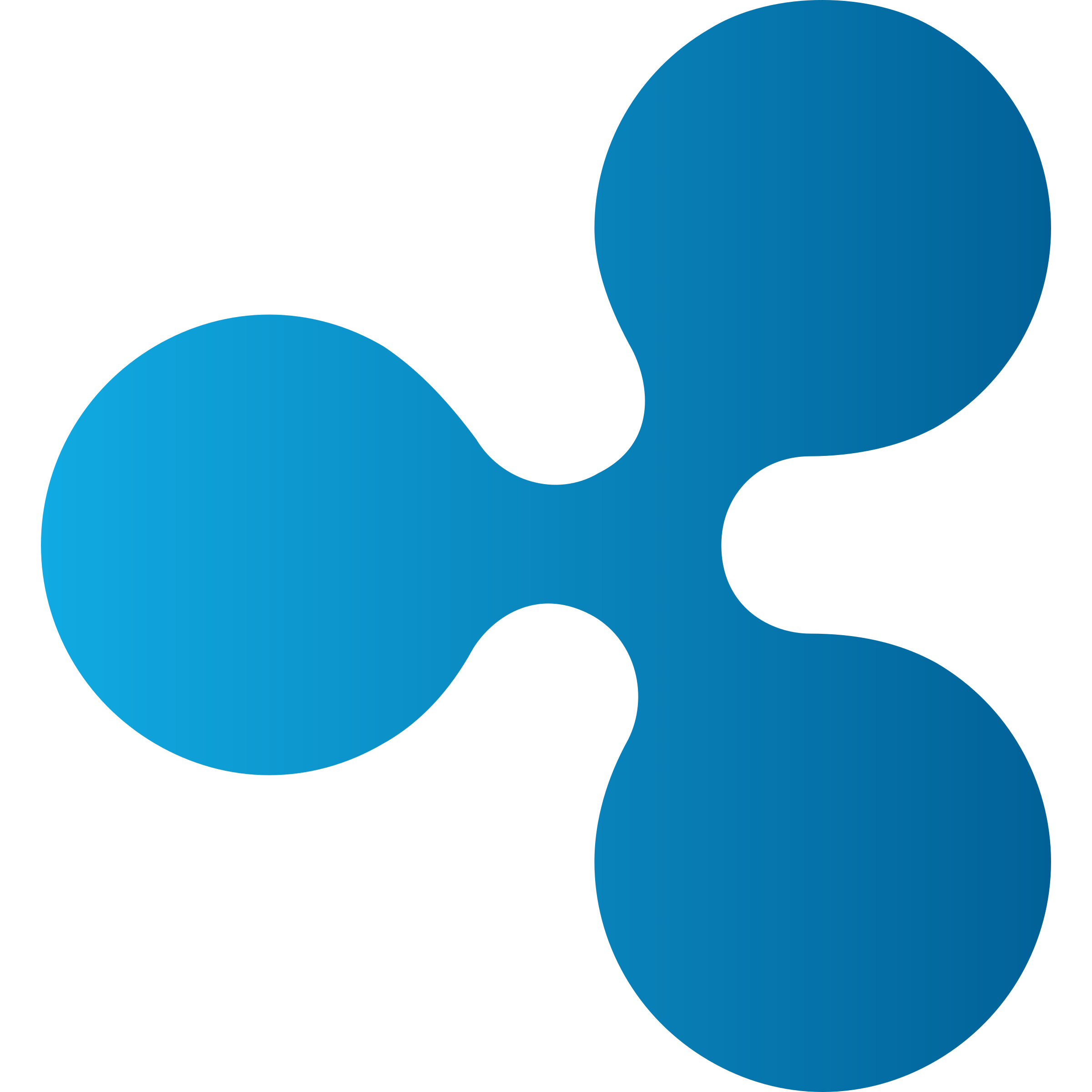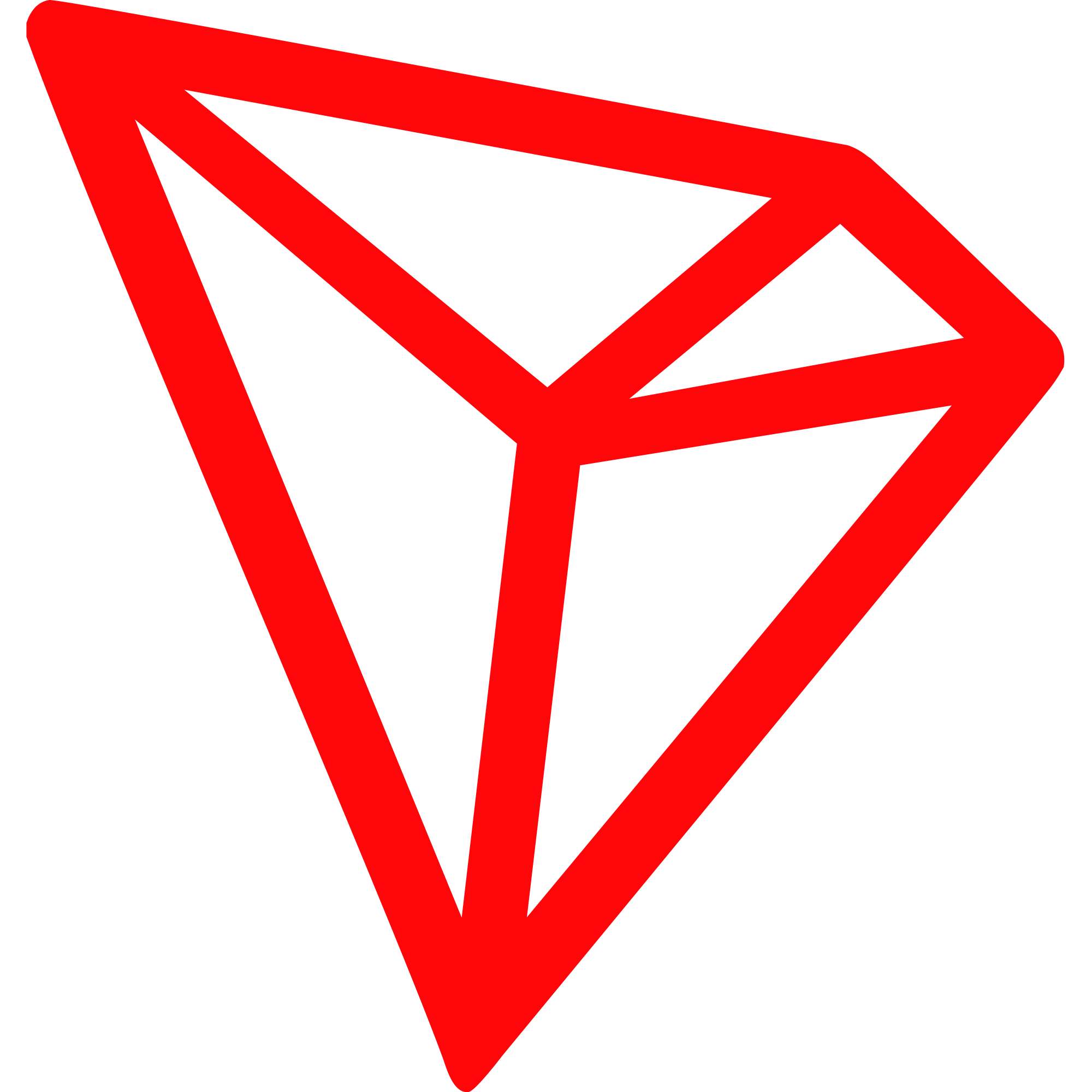Key Takeaways
- Cryptocurrencies offer more control and security in transactions, but fast transfer speeds are necessary.
- XRP, SOL, ATOM, and XLM are some of the fastest cryptocurrencies available, with instant transfer times.
- Factors affecting crypto transfer speeds include network congestion, transaction fees, block time, and cryptocurrency protocols/algorithms.
- To optimize crypto transfers, choose the right cryptocurrency, time transactions carefully, adjust transaction fees, and consider using off-chain transactions or second-layer solutions. In the future, advances in blockchain technology, increased competition among exchanges, regulatory changes, and scalability solutions are expected to further improve crypto transfer speeds.
Cryptocurrencies have revolutionized the way we think about money and transactions. The decentralized nature of these currencies gives users more control over their finances and greater security in their transactions.
But, as the popularity of these cryptocurrencies grows, so does the need for fast and efficient transfer of funds. Waiting up to 40 minutes to transfer a crypto asset like Bitcoin can be both frustrating and impractical in most situations. Not all hope is lost, however.
There are still plenty of crypto coins with extremely fast transfer rates. We explored the data available on Statista to locate these fast coins and here’s what we found.
Fastest Cryptocurrencies
Among the thousands of cryptocurrencies available on the market, some of them have near-instantaneous transfer speeds, making them the fastest:
Ripple (XRP)
Created by Ripple Labs in 2012, the XRP token is currently one of the most valuable cryptocurrencies in terms of market cap. It also features one of the fastest crypto transfer speeds as an average transaction is near-instantaneous. This is thanks to its 1,500 transactions per second processing speed with almost 35 different validators including Ripple.

The primary purpose behind the development of this coin is to enhance global financial transfers, and it has certainly delivered on that promise. Plus, with a fixed supply of 100 billion XRP tokens, the overall valuation of this coin is also fairly stable.
Solana (SOL)

Solana and high transfer speed go hand-in-hand as the SOL was originally created for the sole purpose of addressing the slow speeds of Ethereum.
This is evident from the near-instant transaction speed of this token which stems from a normal transaction per second rate of up to 65,000. This is on par with finance juggernauts like VISA which is one of the largest payment processors in the world.
Solana is also the 10th largest cryptocurrency in terms of market cap — making it a suitable choice for most pro traders.
Cosmos (ATOM)
Cosmos (ATOM) launched back in 2019 with the main goal of creating a network of decentralized blockchains that can interact with each other. This coin is basically built for scalability and it shows in its near-instantaneous transfer speeds. These speeds are backed by a blockchain that can handle up to 10,000 transactions per second with 175 different validators.

What interests us the most about this cryptocurrency is the Cosmos SDK which enables developers to easily add blockchain framework to their apps.
Stellar Lumens (XLM)

Based on the Stellar blockchain, Lumens (XLM) was launched in 2014 and has amassed a sizable audience since then. At the time of writing, there are 26.6 billion XLM tokens in circulation with a total supply of 50 billion. Unlike more popular cryptocurrencies which require a network of miners, XLM utilizes the Federated Byzantine Agreement algorithm for payment processing.
This makes each Stellar Lumens transfer near instantaneous thanks to a max transaction rate of 5,000 per second. This speed also gives XLM legitimacy as a safe and fast cross-border payment transfer option.
EOS (EOS)
The EOS network is a platform for developers to create blockchain-based dApps that use the EOS token as payment. Developers also get access to this network just by holding their EOS coins. They do not have to spend any of it.
Given its need for an active payment option for dApps, the EOS transfer speed is also fantastic. Most transactions would be completed immediately after you initiate them. This is primarily due to the 4,000 TPS rate of this network.

Elrond (EGLD)

The EGLD token is hosted on the Elrond blockchain which utilizes Adaptive State Sharding to maximize its speed and efficiency. Transferring this token takes little to no time on average. This is to be expected as the Elrond network can process up to 15,000 transactions per second. This high TPS also prevents network congestion which is a major cause of slowdowns in crypto transfers.
EGLD also has one of the lowest fees of just one cent per transfer — making it suitable for high-volume transactions.
Internet Computer (ICP)
As its name suggests, the Internet Computer cryptocurrency is built around the idea of providing a decentralized alternative to Internet cloud providers. Its aim is to reach blockchain singularity where blockchain-based systems will replace the current web implementation.
With a goal this ambitious, ICP needs to be fast and it certainly delivers. From our experience, most transactions of this coin are almost instantaneous.

Another fascinating feature of this token is that there is no theoretical limit to its transactions per second.
Fantom (FTM)

The FTM coin is based on an open-source blockchain that any developer can customize to their needs. It is also completely permissionless which removes any limitations about running its underlying code.
The current use of this token is to send & receive payments and also participate in polls about the future of the platform. While it is still being developed and upgraded, one aspect that is already top-tier is its speed.
In our experience, the process of transferring this cryptocurrency is near-instantaneous largely thanks to its transfer rate of 10,000 transactions per second.
Thorchain (RUNE)
Thorchain (RUNE) entered the crypto sphere to allow decentralized liquidity pools. These pools would also be free from any pegged or wrapped coins. The primary currency behind this idea — RUNE — is developed to be safe, reliable, and most importantly, fast.
A typical transfer or swap takes no time at all. During our testing, this high speed also stayed consistent at all times.

At the time of writing, the price of RUNE is picking up which also makes it an interesting opportunity for crypto traders and investors.
Kava (KAVA)

The KAVA token is based on the Kava blockchain which is one of the most notable networks for us. It is built on the Cosmos network which is also compatible with the Ethereum Virtual Machine. This makes it both fast and interoperable between Ethereum-based dApps which is a huge deal for a cryptocurrencies success.
At the time of writing, the Kava network can process up to 10,000 transactions per second which give the KAVA token a near-instant transfer speed.
Plus, with its active development, this transaction rate will likely increase if need be.
STEPN (GMT)
GMT is one of the youngest cryptocurrencies on our list with a recent launch in March 2022. It’s also one of the most unique implementations of the blockchain network with direct ties to a Web3 lifestyle app. After the signup process is complete, the users of this app are rewarded with the GMT token for running, walking, and moving around in general. But, since it’s attached to a game-like app, the STEPN cryptocurrency needs to be fast and it certainly delivers.

Transferring GMT takes almost no time and there are rarely any hiccups during the transfer process.
Terra Classic (LUNC)

Terra Classic is the original Terra token that was renamed after the launch of LUNA 2.0 token. The classic LUNC is built on the Cosmos Tendermint network which gives it a fantastic transfer speed of over 10,000 transactions per second. For end users like us, this means near instant transfers without any annoying wait time. That said, its price did go down by a lot last year due to the UST/LUNA crash so it’s not a good option for investment.
But, its high speed and large volume of 5.8 trillion make it perfectly suitable for transactions.
Other Popular Cryptocurrencies with Fast Transfer Speed
The cryptocurrencies we’ve discussed above exemplify the fastest transfer speeds the crypto sphere has to offer. Here are a few more coins that are not as instantaneous, but still blazingly fast in day-to-day use:
Tron (TRX)
Launched by the non-profit Tron foundation in 2017, TRX currently sits in the top 20 cryptocurrencies in terms of market cap. It has high scalability and good compatibility with dApps development in general. The network behind this token is completely community-driven and decentralized which contributes to its speed.
Speaking of which, an average TRX transfer took us no more than one minute to process.

This is largely thanks to the excellent 2,000 TPS of the Tron network which is 80 times faster than the Ethereum blockchain.
Avalanche (AVAX)

Avalanche describes itself as the smart contracts platform in the blockchain industry and there is plenty of merit behind this claim. This speed is best illustrated by the AVAX token attached to the network which has an average transfer time of just one minute.
While there are several factors that enable this speed, one of the most notable is its high transfer rate of 4,500 transactions per second.
We also noticed a unique feature of this token which enables the dApps built on its network to theoretically scale to millions of validators.
Flow (FLOW)
Flow is one of the most popular dApps blockchains on this list with ties to big-name brands like the NFL, NBA, and Ticketmaster. The FLOW token, by extension, is also fairly well-known with a market cap of $1 billion. This token is the lifeblood of the Flow network and acts as the primary payment method on the platform.
Given Flow’s claims about being mainstream-ready, its cryptocurrency needs fast transfer speeds to become valid and it certainly does.

From our testing, you can complete a FLOW transfer in just one minute.
Tether (USDT TRC-20)

Anyone with even a surface-level understanding of the crypto market understands the value of USDT, the Tether coin. It’s a stablecoin with its value pegged directly to the US dollar. This allows crypto investors to ensure that their hard-earned money stays at the same value during market volatility.
Due to its immense utility, 33.8 billion USDT is traded every day.
The good news is that USDT transfers on the TRC-20 Tron blockchain don’t take longer than two minutes. So, most of its daily transactions are reasonably quick.
Polkadot (DOT)
The Polkadot network is designed to allow free interoperability between different blockchains without the need for a trusted third party. The token behind this network — DOT — is useful in many ways like Polkadot security and network governance. You can also think of this cryptocurrency as the glue that holds all the parachains together on the Polkadot network.
In terms of transfer speed, the average is around two minutes per transaction.
The Polkadot blockchain was also upgraded recently and can now process up to 1 million transactions per second.
Near Protocol (NEAR)
The final mention on our list is the Near Protocol launched in October 2020. It is a decentralized apps development platform focused on scalability and garnering a large user base. The native token that makes this platform function is NEAR. It can be used for everything from payment processing to transaction charges. Owners also have network influence and can partake in governance processes.
Plus. Near Protocol also offers a low NEAR transaction time of just two minutes, to ensure that the platform as a whole operates smoothly.
Factors Affecting Crypto Transfer Speeds
In our experience, these are the four primary factors that can affect the transfer speed of a crypto asset:
Network congestion
The speed of crypto transfers can be significantly affected by network congestion. When there are too many users trying to make transactions at the same time, the network can become overwhelmed, resulting in delays and slower transfer speeds.
Transaction fees
When a user sends a cryptocurrency transaction, they attach a fee to incentivize miners to process the transaction. Higher transaction fees generally mean faster crypto transactions. This is because miners (the computers processing the transfer request) will prioritize high-fee transactions over ones with lower fees.
Block time
Block time refers to the amount of time it takes for a new block to be added to the blockchain. The shorter the block time, the faster transactions can be processed. For example, Bitcoin has a block time of 10 minutes, while a cryptocurrency like Litecoin has a much faster block time of 2.5 minutes.
Cryptocurrency protocols and algorithms
The protocols and algorithms used by a cryptocurrency have a direct impact on transfer speeds. For example, Ethereum's use of smart contracts can result in slower transaction speeds than other cryptocurrencies that do not use this feature.
How to Optimize Your Crypto Transfers
Here are the methods we use to ensure that our crypto transfers are as fast as possible:
Choosing the right cryptocurrency
Different cryptocurrencies have different transaction speeds and fees. Research and compare the options to find the one that best meets your needs for speed and cost.
Timing your transactions
Crypto networks can become congested at times, leading to slower transaction times and higher fees. Try to time your transactions during periods of lower network activity for faster and cheaper transfers.
Adjusting transaction fees
Many crypto networks allow you to adjust the transaction fee you pay. Paying a higher fee can result in faster processing times, but be sure to balance this against the cost.
Using off-chain transactions and second-layer solutions
Off-chain transactions and second-layer solutions like the Lightning Network can provide faster transfers by moving transactions off the main blockchain. Consider using these options whenever you can.
The Future of Fast Crypto Transfers
This article encapsulates the current state of the crypto transfer speeds, but things will not stay the same. Here are a few changes we believe will happen in the future:
Developments in blockchain technology
Advances in blockchain technology, such as the implementation of sharding and layer-two solutions, are expected to significantly increase transaction speeds in the future.
The role of centralized and decentralized exchanges
The rise of decentralized exchanges (DEXs) is expected to create more competition in the market, leading to faster transaction speeds and lower fees. This will also put pressure on centralized exchanges to upgrade their systems and offer faster transfers.
Impact of regulatory changes on transfer speeds
As governments worldwide continue to regulate cryptocurrencies, the impact on transaction speeds is yet to be seen. But, we expect that some regulations — like the ones designed to prevent money laundering and terror financing — will likely slow down transfers.
Scalability solutions
As the popularity of cryptocurrencies grows, crypto developers will likely work on scaling their technology to facilitate the increasing demand. One such example is the ETH 2.0 update which promises noticeably faster transfer speeds.
Conclusion
To summarize, the fastest cryptocurrencies currently available on the market include XRP, SOL, ATOM, and more. Other options like AVAX and USDT also take just 1-2 minutes for a transfer. Plus, you can always improve crypto transfer speeds by using the newest transfer tech like second-layer solutions and choosing the right time & fee.
The way cryptocurrencies are headed, the need for faster transfers is only going to grow and developers are already working on updating the backend. So, make sure to stay up to date with this ever-evolving digital landscape. Embrace the new, faster technologies that come out and you’ll have a much better time using cryptocurrencies.

